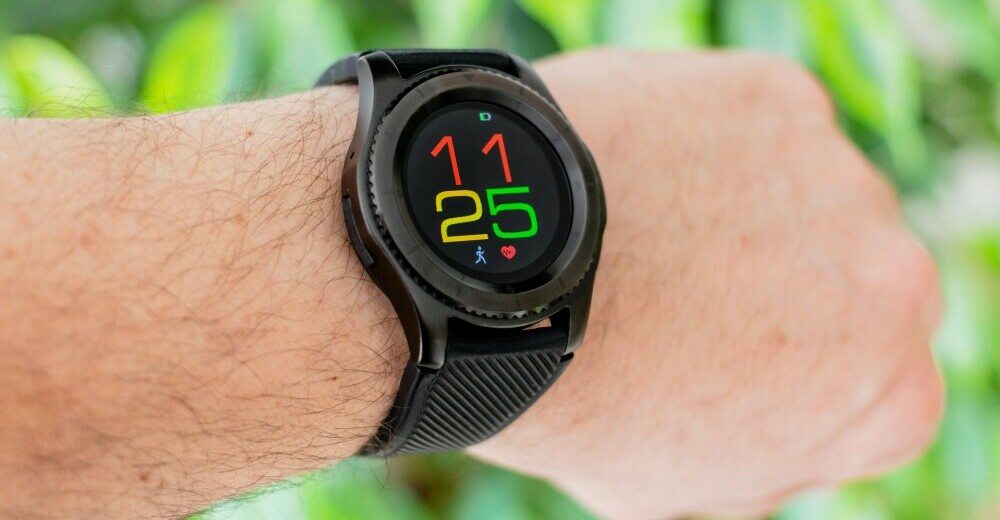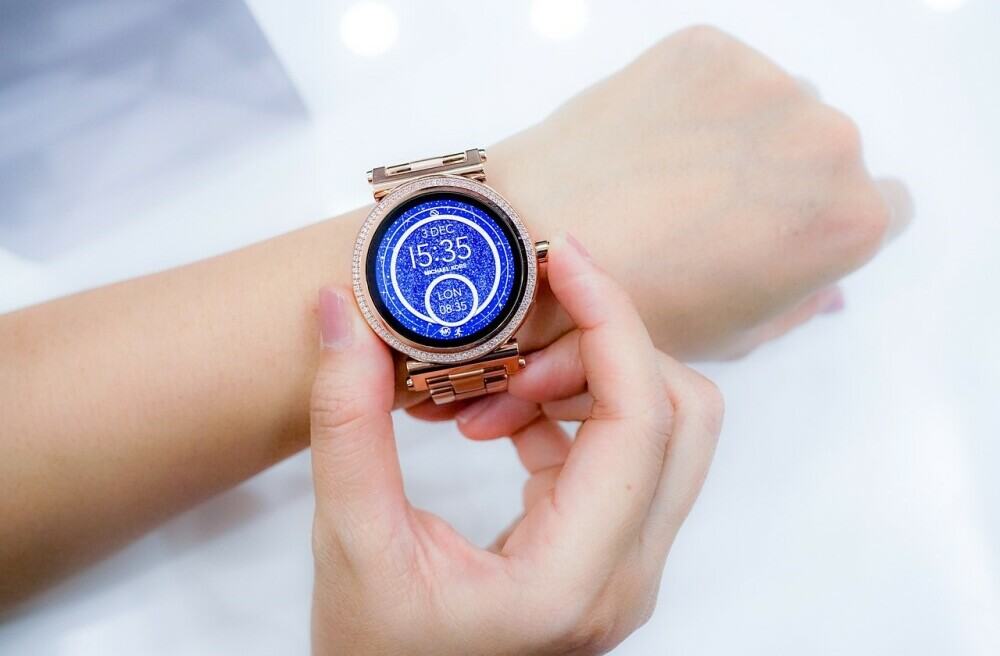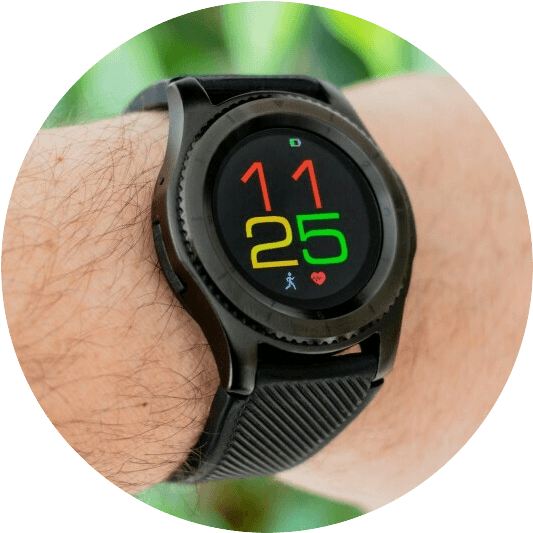
In recent years, I’ve watched as smartwatches transformed from niche gadgets to must-have accessories.
They’re no longer just for tech enthusiasts; today, everyone from fitness buffs to fashion-forward individuals is strapping them on.
Why the surge in popularity? These devices bridge the gap between technology and practicality, offering a blend of functionality right on your wrist.
Consider how smartwatches represent a unique fusion of style and tech. These sleek pieces double as statement accessories while keeping us connected.
The right smartwatch can enhance your daily routine, streamlining tasks and providing access to a world of information without needing to fish your smartphone out.
They’re not just satellite devices to our phones, though. Smartwatches have carved out their own space, offering tailored experiences for users.
Whether it’s tracking your fitness goals, managing your calendar, or just changing the music track, these wearables are all about convenience.
And that convenience is what has prompted me to devote the next sections to helping you pinpoint exactly which smartwatch will tick all your boxes.
Understanding Your Needs: The First Step in Smartwatch Selection
Before you start browsing for smartwatches, it’s crucial to determine why you need one.
Are you a fitness enthusiast looking for a device to track your running routes and heart rate?

Or are you in need of a digital assistant on your wrist that keeps you connected throughout the day?
The range of features smartwatches offer can vary as much as the reasons for purchasing one. It’s essential to distinguish between a fitness tracker and a smartwatch.
While there’s a gray area with some crossover, fitness trackers are typically specialized for health monitoring and sport functions, offering detailed analytics on physical activity.
Smartwatches, on the other hand, provide a broader suite of functions, including but not limited to fitness tracking, alongside notifications, apps, and often more sophisticated software integrations.
Another critical factor is how the smartwatch will work with your existing devices.
Compatibility can make or break your experience. An Android-compatible watch may not function seamlessly with your iPhone, and vice versa.
It’s best to choose a smartwatch that’s designed to work well with the smartphone and other gadgets you already use.
Design and Aesthetics: Choosing Your Style
I find that the design of a smartwatch is much more than a simple matter of taste; it is a direct extension of your personality and lifestyle.
When selecting the right smartwatch, you should consider how its design will match your daily attire and activities.
Whether you’re in a boardroom or at the gym, the watch on your wrist says a lot about you. An aspect often overlooked is the personalization of a smartwatch.
You can make a device truly your own with customizable watch faces and a selection of straps that can be swapped out to suit any occasion.

From sporty silicone bands to elegant metal bracelets, the market offers an abundance of choices. But design isn’t only about aesthetics; functionality plays a significant role too.
I recommend considering screen size and material because these factors contribute to both the watch’s look and its resilience.
A larger screen can make interacting with apps easier, while materials like Gorilla Glass or sapphire crystal can protect against scratches and impacts during everyday use.
Completing your smartwatch experience fully involves understanding how it blends with your work and leisure.
This could mean how easily you can read the display outdoors, or how comfortable the watch feels on your wrist during a long run or an intense meeting.
Often, smartwatches are designed with specific target audiences in mind, such as sport enthusiasts or business professionals.
In essence, while the look of your smartwatch is important, it’s the practical wearability that will greatly influence your satisfaction.
Keep these things in mind as you decide, because next up, you’re going to delve into the heart of what a smartwatch does – its functionality and features.
Functionality and Features: What Can a Smartwatch Do for You?
You might be curious about the specific benefits a smartwatch can offer over traditional timepieces.
A smartwatch isn’t just about telling time; it’s a miniature computer for your wrist that bridges the gap between health monitoring, communication, and convenience.
When it comes to health and wellness features, many smartwatches offer heart rate sensors, sleep tracking, and workout modes.

These can help you gain insights into your daily activities and overall health trends.
For individuals focused on fitness, features like GPS tracking for runs, waterproof designs for swimming, and altitude meters for hiking can be pivotal in the decision-making process.
The communication benefits are substantial, too.
With a smartwatch, you can receive notifications for calls, emails, and messages, which means you can stay connected without having your phone at hand every second.
Some smartwatches allow for quick replies or even voice-to-text responses, making them highly convenient for on-the-go communication.
Integration with smart home devices is becoming increasingly common in smartwatches. Imagine controlling your home’s lighting, security, or temperature directly from your wrist.
Moreover, the advent of contactless payments through smartwatches is turning them into digital wallets, adding another layer of convenience to everyday transactions.
While considering the myriad features available, remember that the next section will guide you through the often tricky landscape of price versus performance.
The goal is to help you find a smartwatch that not only meets your list of must-haves but also provides the best value for your investment.
Price vs. Performance: Finding the Best Value Smartwatch
When I choose a smartwatch, I believe that balance is key. It’s not just about picking the most advanced device or the cheapest one; it’s about evaluating the relationship between cost and capabilities.
To help you in this final decision, I highlight a few crucial points. Always compare the smartwatch’s price with its feature set. Does it offer the right capabilities for your needs without extraneous extras?

Remember, more features might lead to a higher price but not necessarily to a better experience for you.
Consider the brand’s reputation. Well-known brands might offer higher-priced products, but they often come with better support, warranties, and update policies.
These factors can contribute significantly to the overall value of your investment. Take the time to understand the product’s lifecycle.
A less expensive smartwatch might become obsolete quicker than a slightly pricier one that receives ongoing updates and support, impacting its long-term utility and, ultimately, your user satisfaction.
Convenience and personal service are also important. Sometimes, the best place to buy a smartwatch is where you get good customer service and ample return policies.
Whether it’s online or in a physical store, choose a retailer that offers a good shopping experience and post-purchase support.
In conclusion, the smartwatch that offers the best value is the one that aligns with your needs, has a reasonable price for its features, and comes from a brand with a track record of quality and support.
Getting this balance right means your chosen smartwatch will be a beneficial addition to your daily life for years to come.


